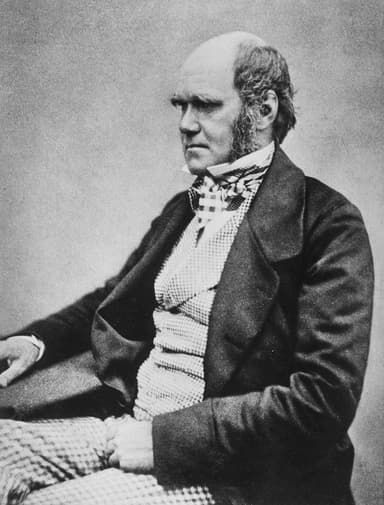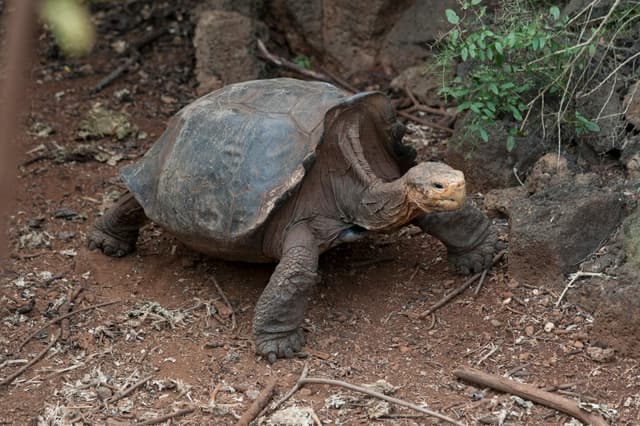The evolution of new species
I can explain how natural selection can lead to the evolution of new species.
The evolution of new species
I can explain how natural selection can lead to the evolution of new species.
These resources will be removed by end of Summer Term 2025.
Lesson details
Key learning points
- The theory of evolution by natural selection suggests that all modern species evolved from earlier species.
- Natural selection causes each generation of a species to become better adapted to its environment.
- Natural selection can cause common features of a population to change so much that we classify them as a new species.
- Populations of the same species living in different conditions can evolve to become separate species.
- An example of speciation of populations living in different conditions (e.g. Galápagos tortoises).
Keywords
Species - A group of similar organisms that can reproduce and produce fertile offspring.
Speciation - When natural selection causes new species to form.
Natural selection - Organisms that are better adapted to their environment are more likely to survive, reproduce and pass on their genes to their offspring.
Adaptation - A feature that organisms have that helps them live in a particular place and survive.
Common misconception
Students often think that animals choose to adapt themselves to their environment.
The language in this lesson has been specifically chosen to avoid embedding this misconception and CfUs help expose this misconception in student thinking.
To help you plan your year 10 combined science lesson on: The evolution of new species, download all teaching resources for free and adapt to suit your pupils' needs...
To help you plan your year 10 combined science lesson on: The evolution of new species, download all teaching resources for free and adapt to suit your pupils' needs.
The starter quiz will activate and check your pupils' prior knowledge, with versions available both with and without answers in PDF format.
We use learning cycles to break down learning into key concepts or ideas linked to the learning outcome. Each learning cycle features explanations with checks for understanding and practice tasks with feedback. All of this is found in our slide decks, ready for you to download and edit. The practice tasks are also available as printable worksheets and some lessons have additional materials with extra material you might need for teaching the lesson.
The assessment exit quiz will test your pupils' understanding of the key learning points.
Our video is a tool for planning, showing how other teachers might teach the lesson, offering helpful tips, modelled explanations and inspiration for your own delivery in the classroom. Plus, you can set it as homework or revision for pupils and keep their learning on track by sharing an online pupil version of this lesson.
Explore more key stage 4 combined science lessons from the Fossil evidence, selective breeding and explaining evolution unit, dive into the full secondary combined science curriculum, or learn more about lesson planning.

Licence
Starter quiz
6 Questions

Similar organisms that can reproduce and produce fertile offspring.
Features organisms have that helps them survive.
Organisms better adapted to their environment are more likely survive.
Exit quiz
6 Questions



